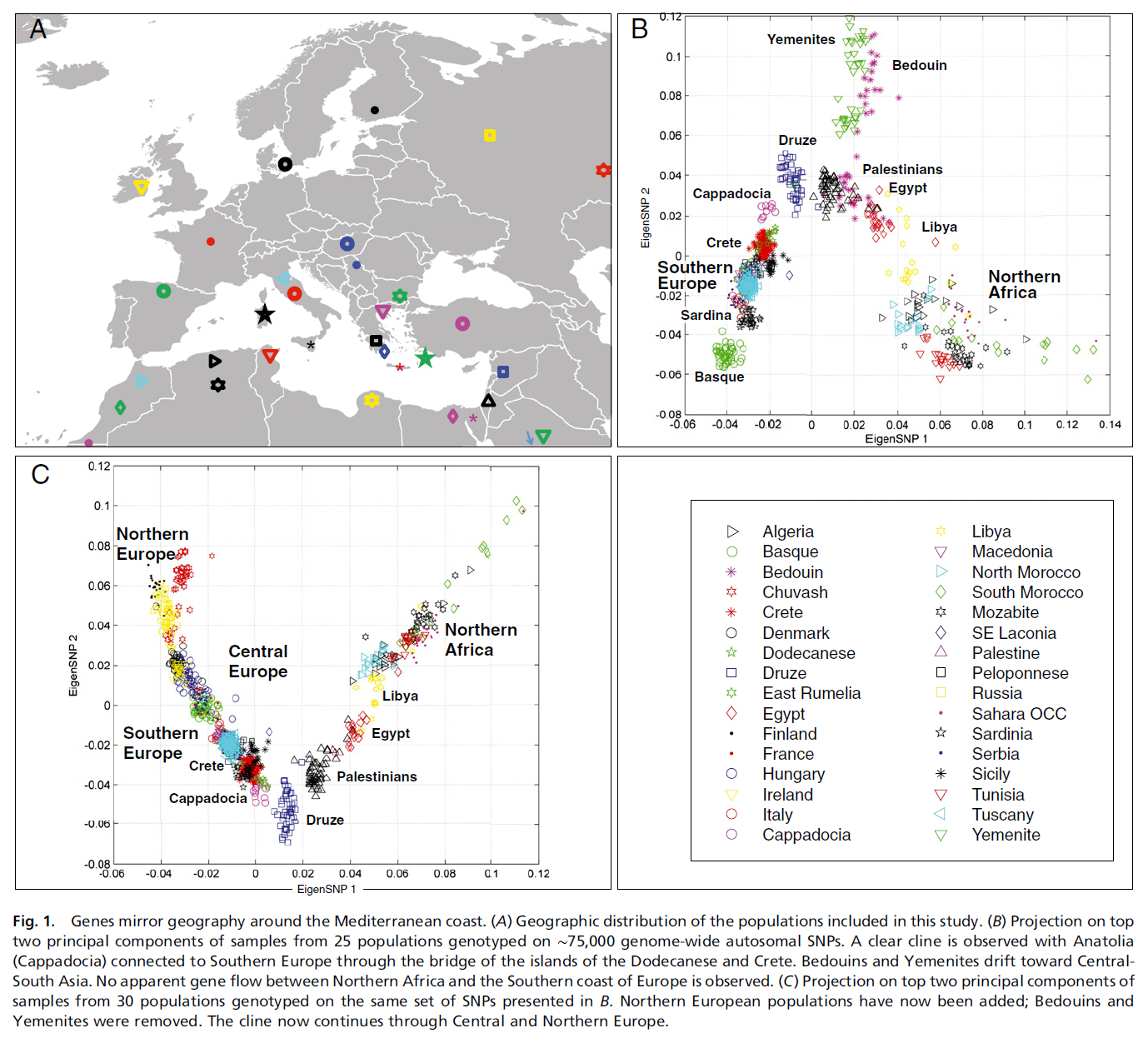- 05 Aug 2017 02:29
#14830237
I don't figure that. Your earlier comment suggested earlier established races, "We know the basic 'races' interbred with different proto humans." Here's the story so far: science has determined, to the best of it's ability, that there was a common ancestral population, or an earliest gene map for the earliest human population. It developed in a certain habitat, and of course, was isolated from other hominids, which were not of the same species, such as Neanderthal for example. If, you're saying that there were other species of hominid around concurrent to homo sapiens you'd be correct. But, you wouldn't call them 'races', as they were other species, not merely varieties or subspecies. The question of how sure paleo-anthropology is about a common ancestral population, as progenitor for present day homo sapiens is based on any new DNA data that comes to light and the ability to date it accurately. OK? Now, I was talking about the historical categories within the homo sapiens species, and how the concept of 'race' has become synonymous with "species", due to the exaggeration of superficial, and not altogether meaningful differences. What was a difference in degree, we called 'race', as if, to indicate a difference in kind on a par with species. Natural species get reclassified by biologists on a regular basis, as new data appear. Sometimes planets are reclassified, or whole "genera" are collapsed inside new "orders", as discoveries are made. As I said in an earlier post, the facts, that supported the concept of the term 'race", in an earlier age have been superseded and recontextualized by advanced DNA evidence, and, this issue is solely a question of taxonomy.
[size=Impact]brianhodge5000[/size]

















 - By Tainari88
- By Tainari88